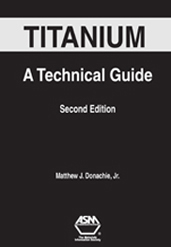Technical Paper
Zero Wear Analysis of an Injector Coupling
1990-10-01
902239
The coupling is an integral part of the Cummins CELECT electronically controlled injector. Excessive wear was observed on early designs of the coupling and coupling bore. The coupling wear was caused by a high stress concentration and excessive side loading of the coupling as it slid against the coupling bore. The zero wear theory was used to develop a coupling design where the maximum wear depth does not exceed half the peak to peak surface finish (zero wear) over the life of the engine. The side load exerted on the coupling was compared with the calculated contact pressure for zero wear. The undesirable effects of a square edge stress concentration are discussed in the zero wear model. The physical effects of the sharp edge and chamfered coupling edge are reported, but not analyzed in this paper. Three different coupling designs were investigated by applying the zero wear concept.

